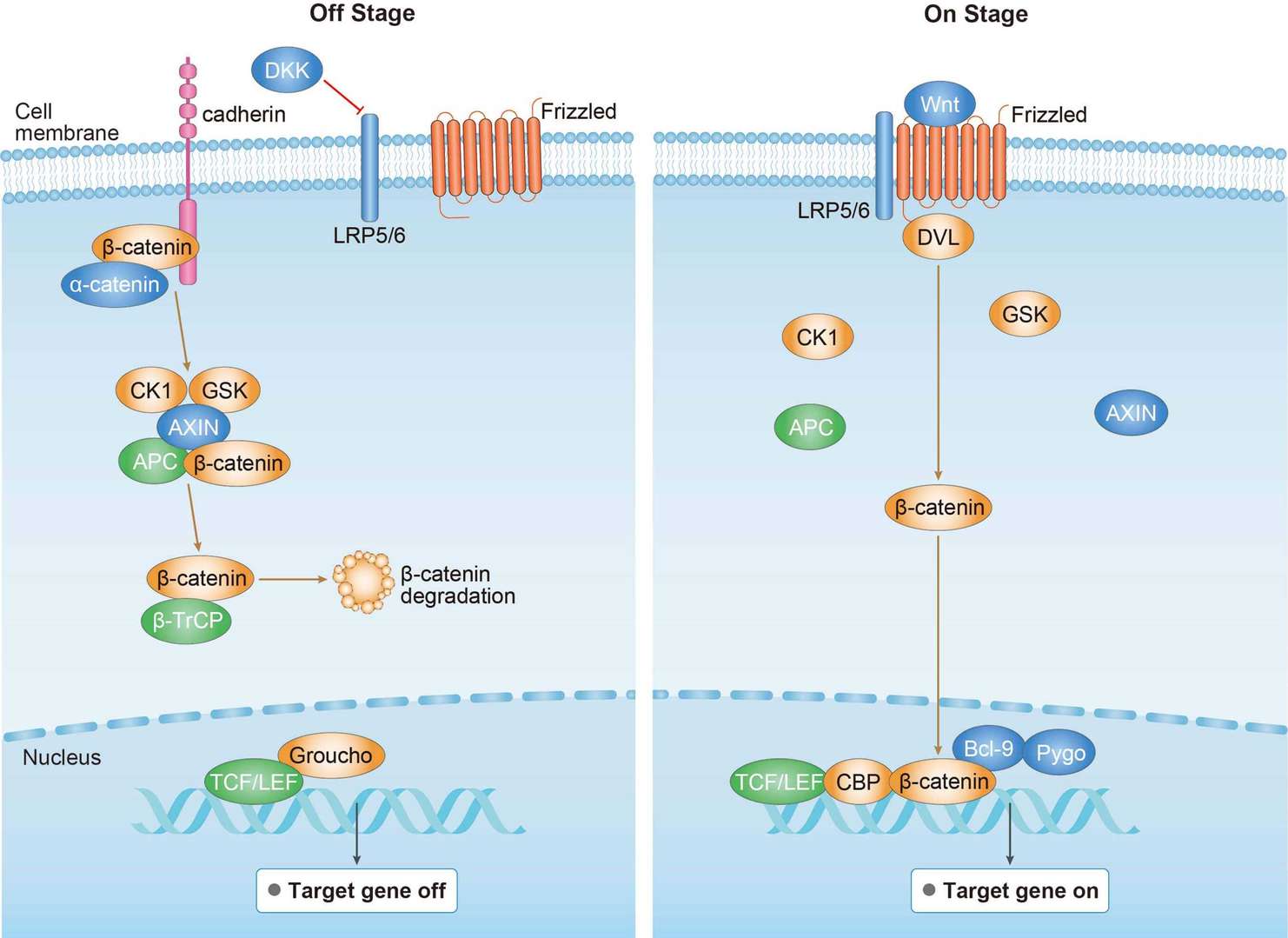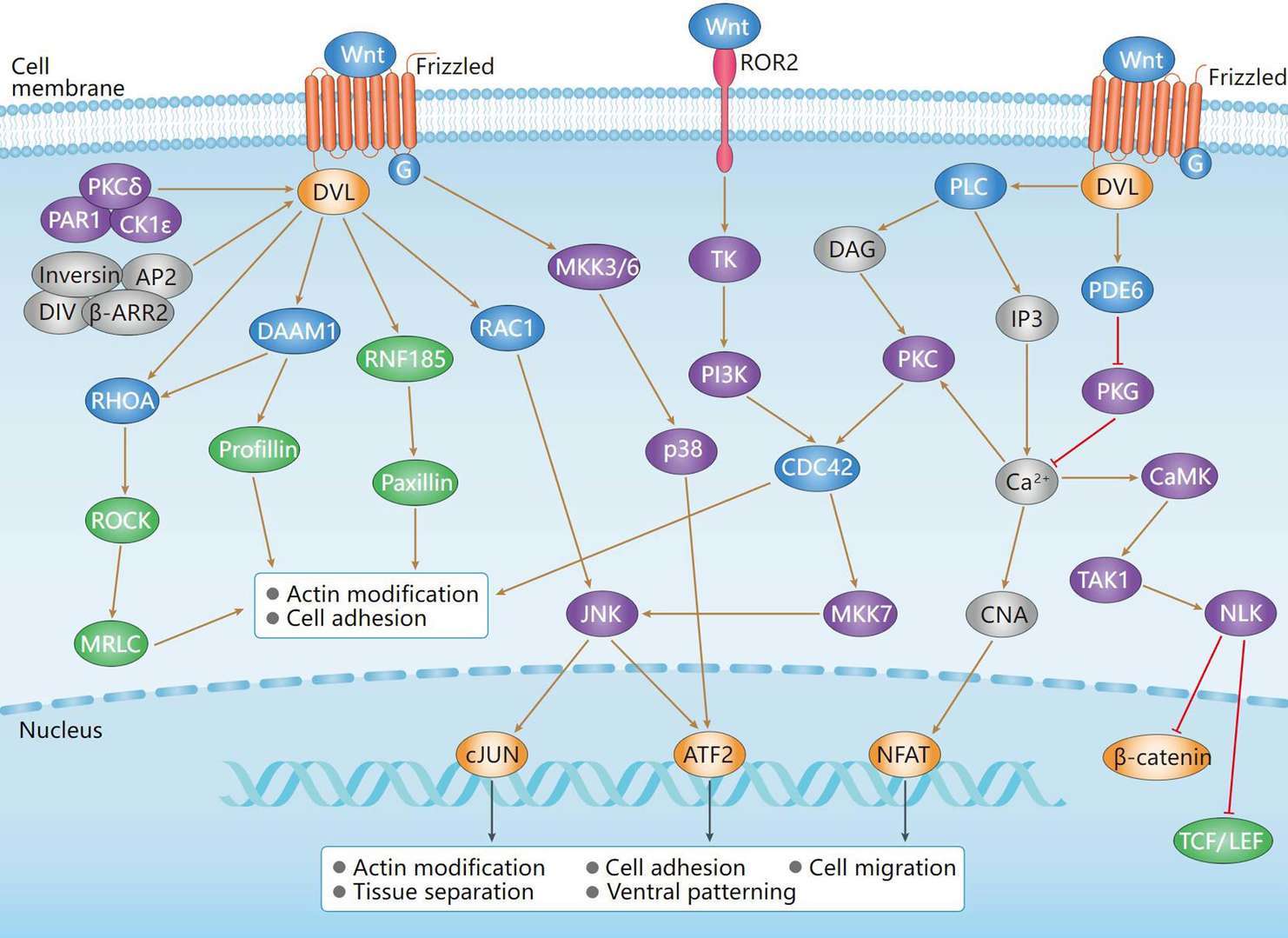 Loading...
Loading...

NLK
Enzymes, Metabolic proteins
Intracellular
Cell type enhanced (Oligodendrocytes, Late spermatids, Excitatory neurons, Early spermatids, Cone photoreceptor cells)
Immune cell enriched (basophil)
Low cell line specificity
Homodimer. Homodimerization is required for intermolecular autophosphorylation, kinase activation and nuclear localization (By similarity). May interact with components of cullin-RING-based SCF (SKP1-CUL1-F-box protein) E3 ubiquitin-protein ligase complexes (By similarity). Interacts with LEF1, MEF2A, MYBL1 and MYBL2 (By similarity). Interacts with the upstream activating kinases HIPK2 and MAP3K7/TAK1. Interaction with MAP3K7/TAK1 seems to be indirect, and may be mediated by other proteins such as STAT3, TAB1 and TAB2. Interacts with and phosphorylates a number of transcription factors including FOXO1, FOXO3, FOXO4, MYB, NOTCH1 and TCF7L2/TCF4. Interacts with DAPK3/ZIPK, and this interaction may disrupt interaction with transcription factors such as TCF7L2/TCF4. Interacts with RNF138/NARF. Interacts with ATF5; the interaction stabilizes ATF5 at the protein level in a kinase-independent manner (PubMed:25512613).
Kinase, Serine/threonine-protein kinase, Transferase
- Recombinant Mouse Anti-Human NLK Antibody (MOB-1728MZ)
-
- Species Reactivity: Human
- Type: Mouse antibody
- Application: WB
-
- Derivation: Phage display library screening
- Species Reactivity: Human
- Type: IgG
- Application: WB, FC
-
- Derivation: Mouse
- Species Reactivity: Human
- Type: Mouse IgG2a
- Application: WB
- Mouse Anti-NLK Recombinant Antibody (VS3-WK1184) (VS3-WK1184)
-
- Derivation: Mouse
- Species Reactivity: Human
- Type: Mouse IgG2a
- Application: WB
Our customer service representatives are available 24 hours a day, from Monday to Sunday. Contact Us
Can't find the products you're looking for? Try to filter in the left sidebar.Filter By Tag
For Research Use Only. Not For Clinical Use.

 Canonical Wnt Signaling Pathway
Canonical Wnt Signaling Pathway
 Non-Canonical Wnt Signaling Pathway
Non-Canonical Wnt Signaling Pathway